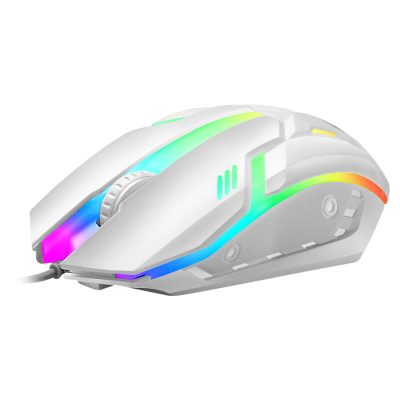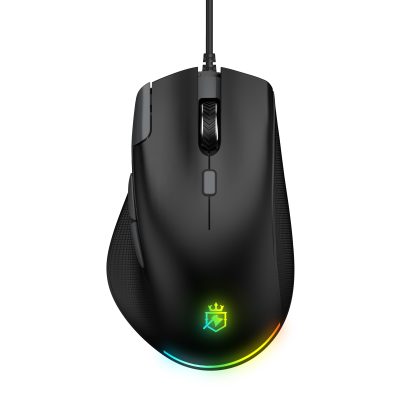1. Although ABS material is cheaper than PBT, there are also many ABS materials used for low-end keycaps, but the materials used by the current higher-priced keycap brands (GMK and SP) are ABS, so the key cannot be judged from the material. The high and low ends of the cap;
2. The two-color and sublimation patterns will not fade, and the lamination and laser engraving patterns will fade;
3. Because the plastic has a thermal shrinkage rate, the keycaps will be somewhat deformed during sublimation, especially the large key positions, so the spaces of many sublimation sleeves are a little curved;
4. The satellite shaft and balance bar of the mechanical keyboard keycap are common (except for some domestically produced mechanical keyboards);
5. The side pattern of the five-sided sublimation will be slightly deformed, and the pattern deformation rate is one of the measures of the quality of the whole package of sublimation;
6. Sublimation can only add dark patterns on light-colored bases;
7. The mechanical keyboard space is very complicated and has many sizes, including 2x, 2.25x, 2.75x, 3x, 6x, 6.25x, 6.5x, 7x, etc.;
8. When describing the keycap, we will say 1X and also 1U. Usually we are all common. In fact, there is a difference here. 1U refers to the length of the keycap. The standard 1U=18mm, and 1X refers to the length of the keycap + Gap length between keycaps, standard 1X=19.05mm;
9. The character area label of the translucent keyboard is likely to be the opposite. Take a look at Corsair and Cherry 8.0;
10. The standard 60 keyboard is actually 61 keys;









